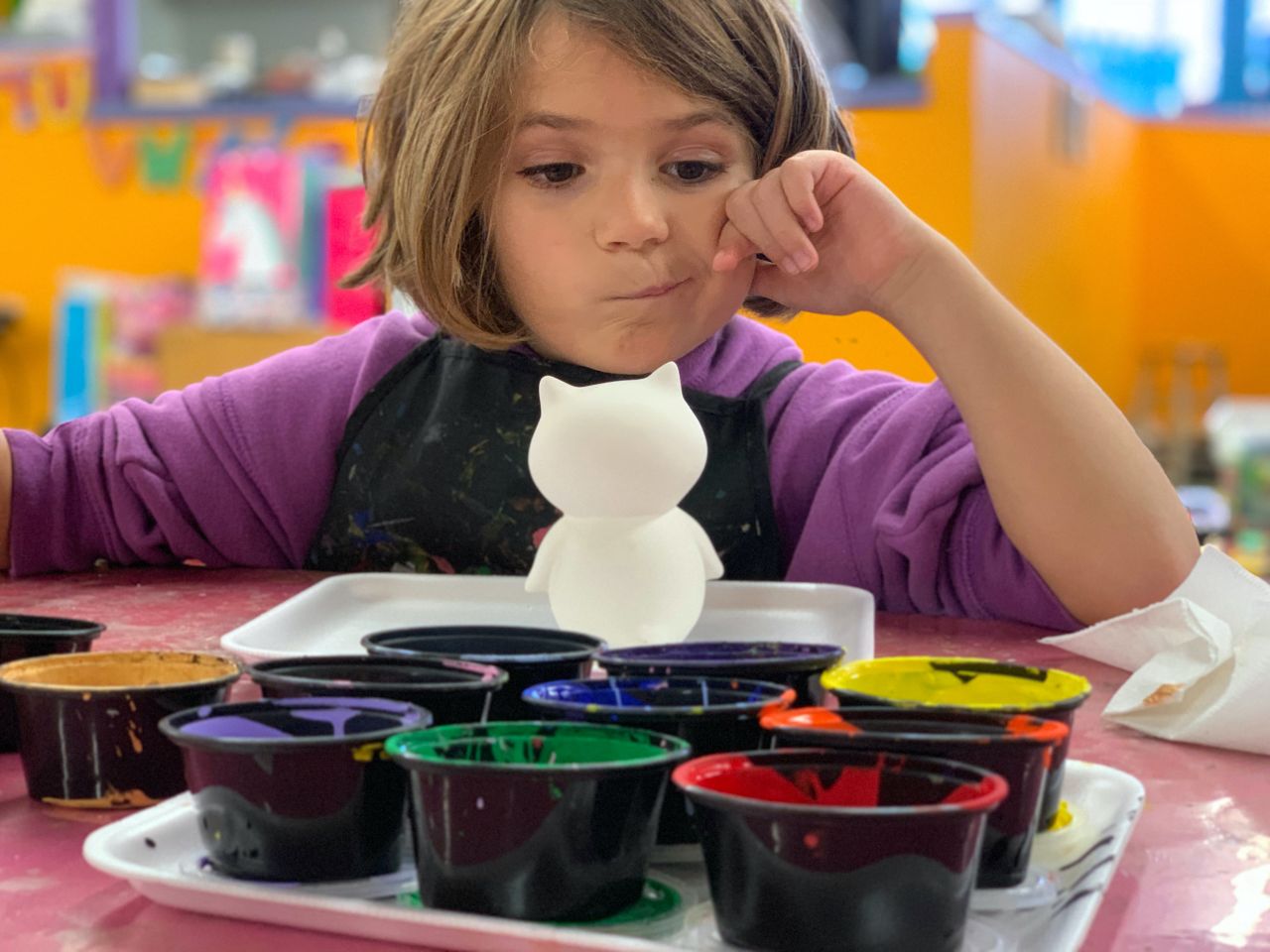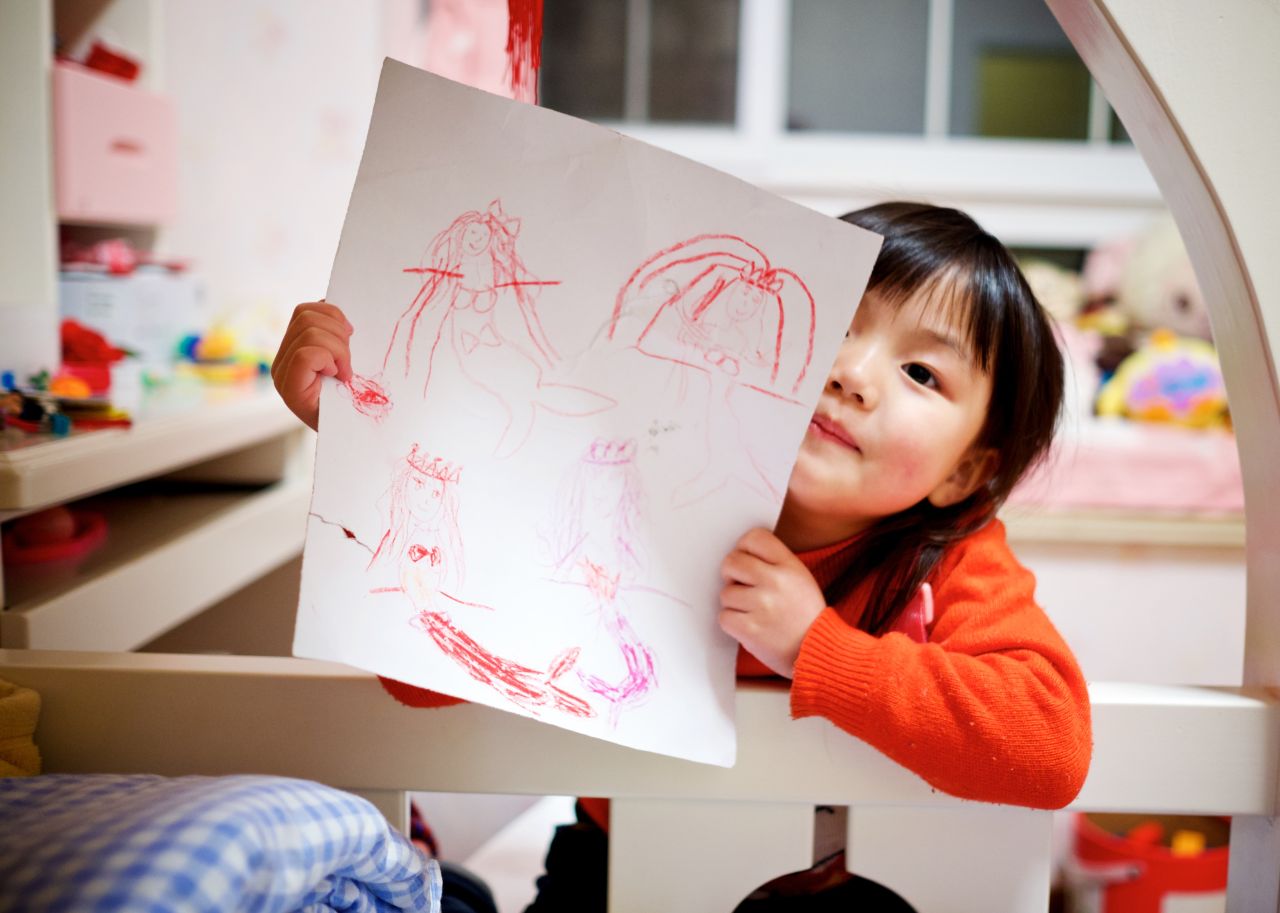Teaching a child with learning disabilities can be a challenge, but it is not impossible. Many different techniques can help make the process easier for you and your student. This article will outline some of the best methods for teaching children with learning disabilities so that you can help them achieve their fullest potential. Thank you for reading!
What Are Learning Disabilities?
The most common learning disabilities include:
- Auditory and visual processing disorders: "Sensory disabilities in which a person has difficulty understanding language despite normal hearing and vision."
- Dyscalculia: A mathematical disability
- Dysgraphia: A writing disability
- Dyslexia: A reading disorder
- Nonverbal learning disabilities: A neurological disorder that causes problems with "visual-spatial, intuitive, organisational, evaluative and holistic processing functions."
Helping Children Succeed in School
you can adapt most instruction at home or in school to accommodate the needs of students with learning disabilities such as dyslexia or other learning problems. You can use these strategies to modify instruction in most subject areas to improve students' comprehension of tasks and the quality of their work.
These approaches, incidentally, can also be helpful for most students who prefer a clear, structured educational program.
- Ask for a scoring guide. Teachers should develop a scoring guide, share it with students, and provide examples of each level of performance.
- Never use a student's work as a public example of shoddy work for the class to see. It is humiliation, and it has no place in any classroom or home.
- Clearly outline the instructions. Lessons should include specific, step-by-step instructions explicitly stated by the teacher and modelled for the student.
- Create models of quality work that students can see and analyse. Include both spoken and written explanations of how the work fulfils academic expectations.
- Define classroom expectations for work and behaviour. Post them, and use them as a basis for all interactions and class projects. Making your requirements a part of the classroom or homework routine will help the student meet expectations.
- Have the student repeat back the instructions. Correct any miscommunication before he begins the actual work. Check back on the student as he works to ensure he is doing correctly. Prompt him as necessary to ensure that he corrects any mistakes before he finishes.
- Set the stage for learning. Tell children why the material is important, the learning goals, and the expectations for quality performance.
- Use graphic organisers. Help students understand the relationships between ideas.
- Use specific language. Instead of saying, "do quality work," state the specific expectations. For instance, if the teacher is grading based on correct punctuation, spelling, and the inclusion of specific points, communicate with the teacher and your child to meet these expectations.
Frequently Asked Questions
Although there are no laws specifically denying children's homeschooling with learning disabilities, each state differs in their educational requirements. Therefore, it is also important to keep accurate records demonstrating how you meet your child's learning needs and progress.
Your child might have a learning disorder if they: Doesn't master skills in reading, spelling, writing or maths at or near expected age and gradez levels. Has trouble remembering what someone just told them.
A person with learning difficulties may have problems developing their knowledge and skills to the normal level expected of their peers and others the same age.
For example, speech therapy can help children who have language disabilities. Occupational therapy might help improve a child's motor skills who has writing problems. Complimentary/alternative therapy: Research shows that alternative therapies like music, art, dance can benefit children with learning disabilities.
Ome education can provide a safe and secure place for autistic children to learn in the way they need, away from the overstimulating sensory environment and school bullying. Still, it also brings additional pressures on family relationships and needs to be matched to the family's needs as a whole.
Encouraging Children With Learning Difficulties
Specific learning difficulties like dyslexia, dysgraphia and dyscalculia can make it difficult and sometimes impossible for a child to achieve the same results as their peers in a traditional classroom setting. As a result, some children face a constant struggle with reading and writing, and many are at risk for developing low self-esteem, particularly when their condition goes undiagnosed and untreated.
The thing to remember is that alternative learning approaches, strategies, and tools can help students with learning difficulties achieve their full potential at school. Moreover, a positive attitude and plenty of encouragement from parents and teachers can do wonders when inspiring these children to stay motivated and persevere.
Imagine the frustration you might feel if you spent all night studying for an exam and still received a poor mark, despite your best efforts. In the case of a child with dyslexia, they might spell a word correctly one day and incorrectly the next or struggle to get through the assigned reading. Dysgraphia can make it painful to hold a pen or pencil so that even writing a short paragraph by hand is a challenge.
Parents and teachers need to understand that no two individuals with a learning difficulty will be affected in the same way. The impact may be moderate or severe, with symptoms often starting to show when a child begins learning how to read and write. Some conditions, including ADD and ADHD, can be harder for parents and teachers to see.
For example, a child with ADHD might be labelled as lazy, accused of not paying attention in class or disciplined for being disruptive in school. However, with a few adjustments and some targeted strategy work, they can cope with attention difficulties.
When a condition goes undiagnosed, children are at risk of falling behind. What's worse, consistently underperforming, feeling uncomfortable in front of peers and receiving negative attention from parents and teachers can cause an otherwise highly motivated child to lose interest in school. In addition, they may develop a poor self-image that can lead to emotional issues in and outside of the classroom.
Encouragement And Self-Directed Learning
With every learning difficulty comes different challenges; that's why parents and teachers can benefit from getting to know what kind of academic and emotional support is needed. Introducing them to strategies and the coping skills they need to succeed is a good start. Still, it's also crucial to encourage a healthy self-image and foster confidence by nurturing self-directed learning.
By self-directed learning, we mean allowing the individual to be responsible for certain aspects of the learning, including how much material is covered in a session and how much time is spent on a given unit.
Modular courses in which learning is broken down into small sections are helpful in this respect because they allow children to proceed at a pace that is right for them, repeating material and reviewing when necessary.
Keeping track of their progress, setting goals and working towards them, and prioritising different aspects of their studies, are important skills for a child to develop. With more responsibility comes pride in achievement and a boost in self-esteem and confidence. Learn more about building students' self-esteem and self-confidence in these posts.
Tips For Educators & Parents
- Praise effort over performance. Children with learning difficulties may not always achieve high marks, but it deserves recognition if they've put in a lot of effort. Teachers may wish to focus on the child's study strategy or approach to the assignment. Did they make flashcards, spend time in the library researching, work on drafts or incorporate feedback from past assignments? It can take a lot of courage to try a new approach, and it's important to keep them motivated regardless of the outcome in terms of percentages and grades.
- Put things in perspective. To children with specific learning difficulties, it can seem like achieving a perfect score on an assessment measure is a near-impossible goal. Remind them that perfection isn't important and mistakes are a part of learning. When a child begins to embrace their mistakes and use them to guide more targeted study, they are less likely to attribute errors to any personal failings or deficits. It makes it easier to maintain a positive and healthy self-image.
- Share your own experience. Children can benefit from anecdotes that help them relate to different aspects of the learning process. Teachers might explain how they dealt with their least favourite subjects or worked around material that proved particularly challenging. Sharing your experience helps cement a bond with a child, making it more likely they will open up to you about their feelings.
- Keep them motivated. It can be hard to motivate a child to learn when they feel inferior in a particular subject area. That's why it's useful to choose lesson topics that are already of interest to a child. Explain why a particular task is worth doing and allow them a measure of choice in how or what they study. You might also devise reward schemes or plan your day so that fun activities are used to break up more challenging tasks. Learn more about motivation and motivating children to read.
- Give them time. It can take time for an intervention to work and new strategies and skills. Focus on long-term goals and break larger tasks down into milestones that can be spaced out over some time. Remind students that effort and approach count more than the time to complete something.
Provide Inspirational Role Models.
There are plenty of success stories of famous figures, including athletes, politicians and celebrities, who have worked hard to overcome the challenges posed by learning difficulties. Please pick up a biography or find a video about someone you think the child will relate to and go through it together.
Discuss the individual's path to success and have the child identify several strategies that they may benefit from.
Strategies Teachers Use To Help Kids Who Learn And Think Differently.
You may have heard of one or more of these strategies from your child's classroom or special education teachers. If not, you can ask the teachers whether they use the strategies and how you might adapt them to use them at home.
Here are six common teaching strategies. Learn more about what they are and how they can help kids who learn and think differently.
Wait Time
"Wait time" (or "think time") is a three- to seven-second pause after a teacher says something or asks a question. Instead of calling on the first students who raise their hand, the teacher will stop and wait.
This strategy can help with the following issues:
Slow Processing Speed: For kids who process slowly, it may feel as though a teacher's questions come at rapid-fire speed. "Wait time" allows kids to understand what the teacher asked and think of a response.
Adhd: Kids with ADHD can benefit from wait time for the same reason. They have more time to think instead of calling out the first answer that comes to mind.
Multisensory Instruction
Multisensory instruction is a way of teaching that engages more than one sense at a time. For example, a teacher might help kids learn information using touch, movement, sight and hearing.
This way of teaching can help with these issues:
Dyslexia: Many programs for struggling readers use multisensory strategies. Teachers might have students use their fingers to tap out each sound in a word, for example. Or students might draw a word in the air using their arms.
Dyscalculia: Multisensory instruction is helpful in math, too. Teachers often use hands-on tools like blocks and drawings. These tools help kids to "see" math concepts. For example, adding 2 + 2 is more concrete when you combine four blocks in front of you. You may hear teachers refer to these tools as manipulatives.
Dysgraphia: Teachers also use multisensory instruction for handwriting struggles. For instance, students use the sense of touch when they write on "bumpy" paper.
Adhd: Multisensory instruction can help with different ADHD symptoms. That's especially true if the technique involves movement. For example, being able to move can help kids burn excess energy. Movement can also help kids focus and retain new information.
Modelling
Most kids don't learn simply by being told what to do. Instead, teachers use "I Do; We Do, You Do" to model skills. First, the teacher will show how to do something ("I do"), such as doing a math problem. Next, the teacher will invite kids to do a problem with the teacher ("we do"). Then, kids will try a math problem independently ("you do").
This strategy can help with these issues:
All learning and thinking differences: When used correctly, I Do, We Do, You Do can benefit all learners. That's because a teacher can provide support during each phase. However, teachers must know what support to provide. They also need to know when students understand a concept well enough to work independently. Think of it like riding a bike: The teacher needs to know when to take off the training wheels.
Graphic Organisers
Graphic organisers are visual tools. They show information or the connection between ideas. They also help kids organise what they've learned or what they have to do. Teachers use these tools to "scaffold" or support the learning process for struggling learners. (It's the same idea when workers put up scaffolding to help construct a building.)
There are many different kinds of graphic organisers, such as Venn diagrams and flowcharts. They can be especially helpful with these issues:
Dyscalculia: In maths, graphic organisers can help kids break down maths problems into steps. Kids can also use them to learn or review maths concepts.
Dysgraphia: Teachers often use graphic organisers when they teach writing. Graphic organisers help kids plan their ideas and writing. Some also provide write-on lines to help kids space their words.
Executive Functioning Issues: Kids with weak executive skills can use these tools to organise information and plan their work. Graphic organisers can help kids condense their thoughts into short statements. It is useful for kids who struggle to find the most important idea when taking notes.
One-On-One And Small Group Instruction
One strategy that teachers use is to vary the size of the group they teach to. Some lessons are taught to the whole class. Others are better for a small group of students or one student. Learning in a small group or one-on-one can be very helpful to kids with learning and thinking differences.
Some kids are placed in small groups because of their IEPs or an intervention. But that's not always the case. Teachers often meet with small groups or one student to differentiate instruction. It means that they tailor the lesson to the needs of the student.
This strategy helps with:
Dyslexia: Students with dyslexia frequently meet in small group settings for reading. Teachers often work with a small group of kids at the same reading level or focus on a specific skill in the general classroom. They might also meet because kids have a common interest in a book.
Dyscalculia: For kids with dyscalculia, teachers gather one or more students to practice skills that some students (but not the whole class) need extra help with.
Dysgraphia: In many classrooms, teachers hold "writing conferences." They meet with students one-on-one to talk about their progress with writing. For students with dysgraphia, a teacher can use this opportunity to check in and focus on specific skills.
Adhd And Executive Functioning Issues: This type of instruction often occurs in settings with fewer distractions. The teacher can also help students stay on task and learn skills like self-monitoring.
Slow Processing Speed: Teachers can adjust the pace of instruction to give students the time to take in and respond to information. In these groups, teachers can focus on the priorities of the lesson, so students have the time to grasp the most important concepts. Being in a focused setting may also help decrease students' anxiety in whole-class lessons.
Conclusion
It is important to remember that every child with a learning disability learns differently. What works for one child may not work for another. Be patient and keep trying new things until you find what helps your child learn best. Don't be afraid to ask for help from professionals or other parents of children with learning disabilities. We hope this article has given you some helpful ideas on how to teach a child with a learning disability.


